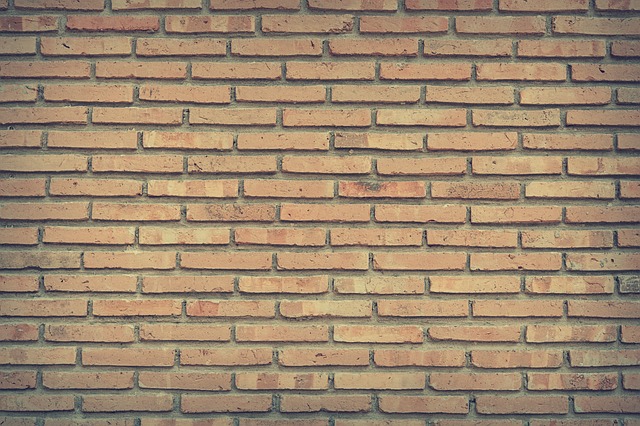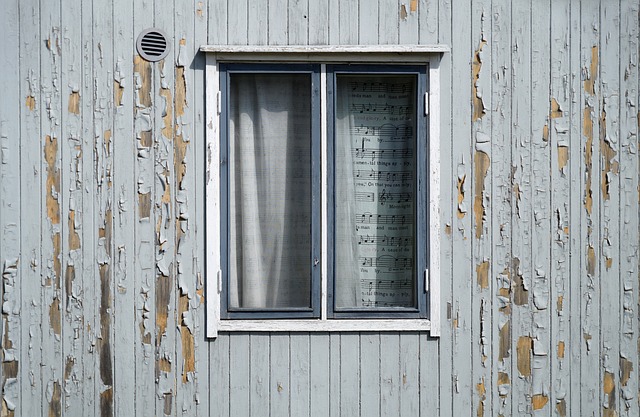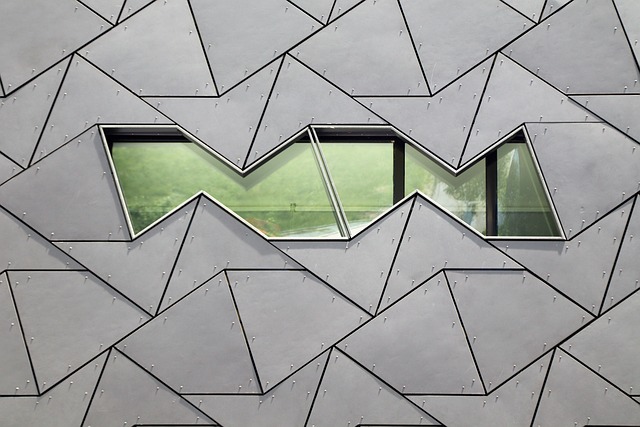Pier and slab foundations provide reliable structural support, excelling in weight distribution, stability on irregular terrain, and resistance to ground movement. For stem wall repair, understanding the meticulous installation process is crucial. Homeowners should inspect for damage signs early to prevent severe foundation issues. Soil analysis is vital for designing cost-efficient foundations that ensure long-term stability. Installation requires careful preparation, precise steps, right tools & materials, and skilled contractors. Best practices include thorough site prep, high-quality materials, adherence to building codes, regular inspections, and maintenance for long-term stability and safety. Cost varies by project size, complexity, labor, and material type, with stem wall repair essential for structural integrity and future cost savings.
“Uncover the sturdy underpinnings of robust structures with our comprehensive guide on pier and slab foundation installation. From understanding the basics of this reliable support system to navigating crucial factors like soil conditions, we demystify every step.
Learn when stem wall repair is essential, how to identify damage, and explore safety precautions for structural integrity. Additionally, discover cost insights and maintenance tips for long-lasting foundations. By the end, you’ll be equipped with knowledge typically reserved for professionals, empowering informed decisions regarding your property’s foundation.”
Understanding Pier and Slab Foundations: A Basic Overview

Pier and slab foundations are a common and effective structural system for many residential and commercial buildings. This method involves setting concrete piers, or columns, at regular intervals below the structure’s floor level, supporting a concrete slab that acts as the building’s foundation. This design offers several advantages, including better distribution of weight, stability on uneven terrain, and resistance to soil movement.
Understanding the importance of proper installation is crucial, especially when considering stem wall repair or renovation projects. Pier and slab foundations require careful planning, ensuring the soil is stable and suitable for supporting the structure. The process involves site preparation, setting the piers at the correct depth and spacing, and then pouring the concrete slab to create a solid base. This method provides a robust and durable foundation, ensuring the building’s structural integrity over time, especially in areas prone to seismic activity or unpredictable soil conditions, requiring efficient stem wall repair solutions.
When is Stem Wall Repair Necessary? Identifying Signs of Damage

Stem Wall Repair is often necessary when a pier or slab foundation shows signs of damage or instability. One of the most common indicators is visible cracks in the stem wall, which can be caused by settling, shifting soil, or poor initial construction. These cracks may appear as diagonal or vertical lines and can extend through the concrete or brickwork. Another sign to look out for is uneven floors or walls, suggesting that the foundation is no longer level and stable. Bulging or leaning structures are also red flags, indicating potential structural issues that require immediate attention.
Regular inspection is key in identifying these signs early on. Homeowners should be vigilant and check for any unusual distortions or movements in their home’s structure. If left unattended, stem wall damage can lead to more severe foundation problems, compromising the integrity of the entire building. Promptly addressing these issues through professional evaluation and repair is essential to prevent further complications and ensure the longevity of your property’s foundation.
The Role of Soil Conditions in Foundation Installation

The success of pier and slab foundation installation heavily relies on understanding and evaluating soil conditions. Different types of soil offer varied levels of support, which directly impact the choice and depth of foundation elements like piers and slabs. For instance, dense clay soils provide a solid base, while loose, sandy soils may require additional stabilization measures.
Before starting any construction, thorough soil analysis is crucial for effective Stem Wall Repair. This involves assessing factors such as soil bearing capacity, water table levels, and the potential for settlement or heave. Understanding these aspects allows engineers to design foundations that are not only structurally sound but also cost-efficient, ensuring long-term stability and integrity of the entire structure.
Step-by-Step Guide to Installing a Pier and Slab Foundation

Installing a pier and slab foundation involves several precise steps, especially when repairing or replacing an existing stem wall. Here’s a step-by-step guide to help you navigate this process:
1. Preparation: Begin by assessing the damage to your stem wall and surrounding structure. Clear the site of any debris and ensure proper footing for the new foundation. Mark the placement of the piers, ensuring they align with structural elements like beams or joists. This step is crucial for a stable and level foundation.
2. Excavation: Dig trenches for each pier at the marked locations using an excavator or shovel. The depth and width should be as per your engineering plans, typically 1/3 to 1/2 the height of the pier. Next, install the piers, ensuring they are plumb and level. This can be done with concrete or steel piers, depending on your project requirements and local building codes for stem wall repair.
Tools and Materials Required for the Job

When undertaking a stem wall repair and installing a pier and slab foundation, having the right tools and materials is paramount for a successful project. This includes heavy-duty equipment such as hydraulic jacks, concrete mixers, and robust digging tools to prepare the ground. Also essential are reinforcing bars (rebar), high-strength concrete, and various types of fasteners like metal brackets and anchors designed for such structural repairs.
For safety and precision, consider adding protective gear like hard hats, gloves, and safety goggles. Additionally, measuring tape, level tools, and string lines help ensure accurate positioning of the pier and slab, especially when aligning with existing structures. These materials and tools form the backbone of your foundation installation process, facilitating a sturdy and reliable stem wall repair.
Common Challenges and Solutions During Installation

During the installation of pier and slab foundations, several common challenges often arise, requiring careful consideration and tailored solutions. One significant hurdle is ensuring proper alignment and stability, especially when dealing with uneven or unstable soil conditions. To address this, detailed site assessments are crucial to understand the geological makeup before beginning construction. Advanced techniques like geotechnical engineering can provide innovative solutions for challenging sites, ensuring a solid foundation despite variability in soil density or bearing capacity.
Another challenge lies in stem wall repair, where existing walls may need reinforcement or replacement to support the new foundation structure. Skilled contractors employ various methods, including the use of steel braces, structural jackets, or complete wall replacements, depending on the extent of damage and structural requirements. Effective communication between builders and engineers is vital to implement the right repairs, ensuring longevity and stability for the entire foundation system.
Ensuring Structural Integrity: Safety Precautions and Best Practices

Ensuring the structural integrity of a pier and slab foundation is paramount during installation. Safety should never be compromised, as it directly impacts the long-term stability and safety of any building. Best practices include thorough site preparation, utilizing high-quality materials that meet engineering specifications, and strict adherence to local building codes and regulations. Regularly inspect equipment and tools for wear and tear to prevent failures during construction. Proper training for all workers is essential, especially when dealing with heavy machinery and working at heights.
During the installation process, implementing robust safety measures like guardrails, hard hats, and steel-toed boots helps mitigate risks. Maintaining clear access aisles and keeping the work area well-lit improves overall safety. Additionally, regular communication among the construction team is crucial for identifying potential hazards and implementing quick solutions. Regular stem wall repair and inspection are also vital to prevent cracks and maintain the structural integrity of the foundation over time.
Cost Considerations and Long-term Maintenance Tips

The cost of pier and slab foundation installation varies based on several factors, including the size and complexity of the project, local labor rates, and the type of materials used. Concrete is generally more affordable than steel or other advanced materials, but it may require more maintenance over time. One key consideration is stem wall repair, which can add to the initial expenses but is essential for structural integrity and long-term stability.
Regular inspection and maintenance are crucial to ensure the longevity of your pier and slab foundation. This includes addressing any signs of damage, such as cracks or shifting, promptly. Periodic resealing of concrete surfaces can prevent water penetration, which could lead to corrosion and weakened structures. Regular care not only extends the life of your foundation but also provides cost savings compared to extensive repairs or replacements down the line.
